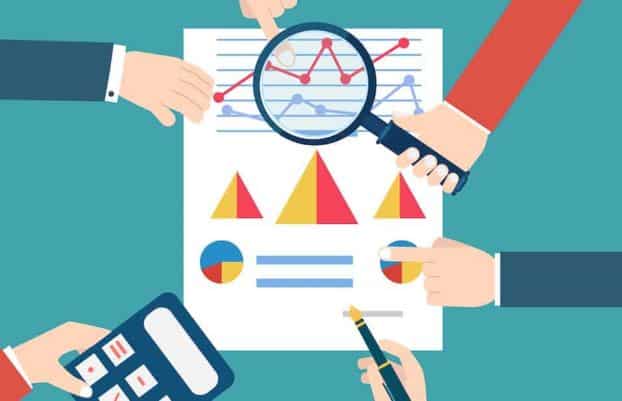How To Track Procurement Savings

Just as every company tracks the revenue generated by their sales and marketing departments so they can also track the procurement savings delivered by their finance and procurement departments. Although any cost savings delivered may look to be significantly less than the sales revenues generated over a similar period, they can have an equally powerful impact on a company’s profitability.
This is best demonstrated by an example. A company, with a sales margin of 10%, increases sales revenues by £1 million, this has the same impact on the company’s bottom line as a cost reduction of £100,000.
Therefore, ideally companies should be targeting both at the same time to put themselves in the best financial health possible.
For a company to calculate procurement savings it needs to first create a baseline level of current spend with a supplier. From this number it then subtracts both cost reduction and cost avoidance.
Cost reduction is the amount saved by purchasing a good or service at a lower price. Cost avoidance is comprised of several parts, these include a reduction in the number of purchases (perhaps due to quality), a reduction in waste and consumption, man-hour efficiencies delivered by using a product or service.
As with sales revenues the cost savings are broken down into both projected and realised. The projected savings are identified as part of the sourcing process. Then over the duration of the supply contract the realised savings will be calculated as the sum of the delivered cost reduction and cost avoidance savings.
The tracking of savings over time is made more manageable by breaking the time periods down into milestones. These milestones can be easily analysed as with sales revenues to provide valuable management information.
From a procurement savings perspective, financial savings may appear to be fairly one dimensional, however its currently the easiest benefit to measure that is universally understood. Other potential benefits might include social or environmental, however these are currently more complicated to measure and directly compare with others. This may change in the future, which could have further positive impacts for everyone.
For many companies, especially larger ones, who have more resources, it’s easier to create processes and to formally monitor procurement savings. For those smaller companies with fewer resources, there is one Savings Management solution from oboloo that has been designed specifically for SMEs. oboloo is an intuitive and simple solution that also incorporates sourcing, contract and savings management to enable companies to be supplier smart. To learn more please visit www.oboloo.com
Additional resources
These external articles contain useful information on Savings Lifecycle Management:

